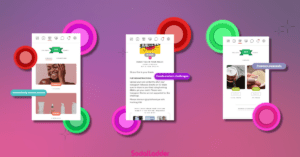Key Points to Hit
- Influencer marketing is the most cost-effective way to market AND the most effective way to speak directly to their consumers
- Micro-Influencers make it possible for all brands to implement an influencer marketing strategy. Benefits include
- Cost-effective
- Engagement
- The current state of social media
- Examples of successful micro-influencer partnerships
- Daniel Wellington
- ASOS
Introduction
93% of millennials believe and rely on online reviews to make informed decisions. Being a brand in the digital age is a double-edged sword. The beauty of social media is that brands have a direct channel to connect with their audience. On the other hand, with so many voices competing for space, establishing a brand identity that stands out is becoming increasingly challenging. In a world where a brand’s social and cultural presence, is vital to its survival, what is the most effective way for brands to build and sustain a fanbase? The answer lies in influencer marketing.
Leaders in the space such as Influencer Marketing Hub believe that Influencer marketing is a trusted marketing strategy that involves a brand collaborating with an online influencer to market one of its products or services.
- Businesses are making $5.20 for every $1 spent on influencer marketing
- Brands get $4.87 of earned media value for each $1 spent on Instagram influencer marketing.
- 60% of marketers shared that influencer-generated content performs better and drives more engagement compared to branded posts.
While most people think of influencers to be celebrities or content creators with a large social media following, an influencer can truly be anyone. As long as someone has the power to affect the purchasing decision of others through their knowledge, authority, position, or relationship with their audience, they can be a powerful influencer for a brand to collaborate with.
The Rise of the Micro-Influencer
This means today an influencer can be anyone from an aesthetician to a fan of a brand. Now that there are 5 classes of influencers for people to work with, brands of any marketing budget can find a way to work alongside creators to build and establish their brands.
The Five Classes of Influencers
- Nano influencers: between 1,000 and 5,000 followers
- Micro-influencers: between 5,000 and 20,000 followers
- Power or mid-tier influencers: between 20,000 and 100,000 followers
- Mega influencers: between 100,000 and 1 million followers
- Celebrities: more than 1 million followers
Due to the shifting trends of social media and the increasing demand for authenticity in marketing, brands have been specifically seeking to work with nano and micro-influencers. Working with smaller creators have 2 main benefits: cost-effectiveness and increased engagement.
Micro-Influencers are more Cost-Effective
Since influencers charge based on their reach and number of followers, micro-influencers typically charge less than big-name influencers with big followings. As a result, brands can afford to work with more micro-influencers instead of one single big influencer. See the charts below.
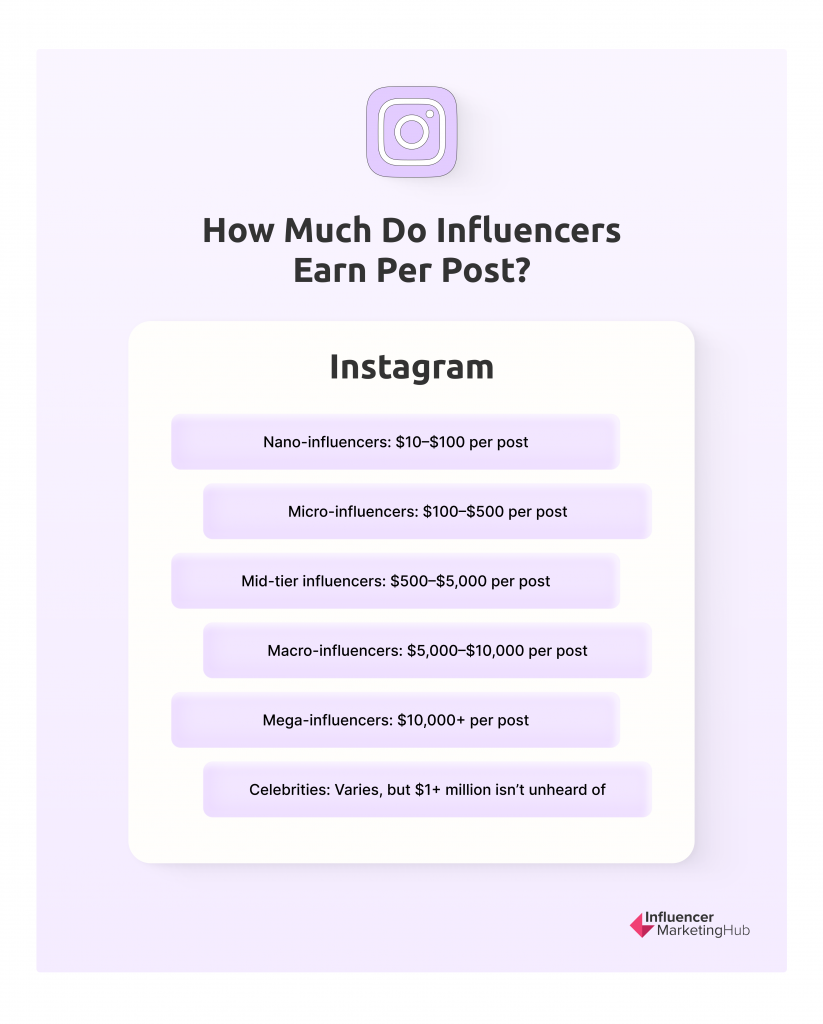
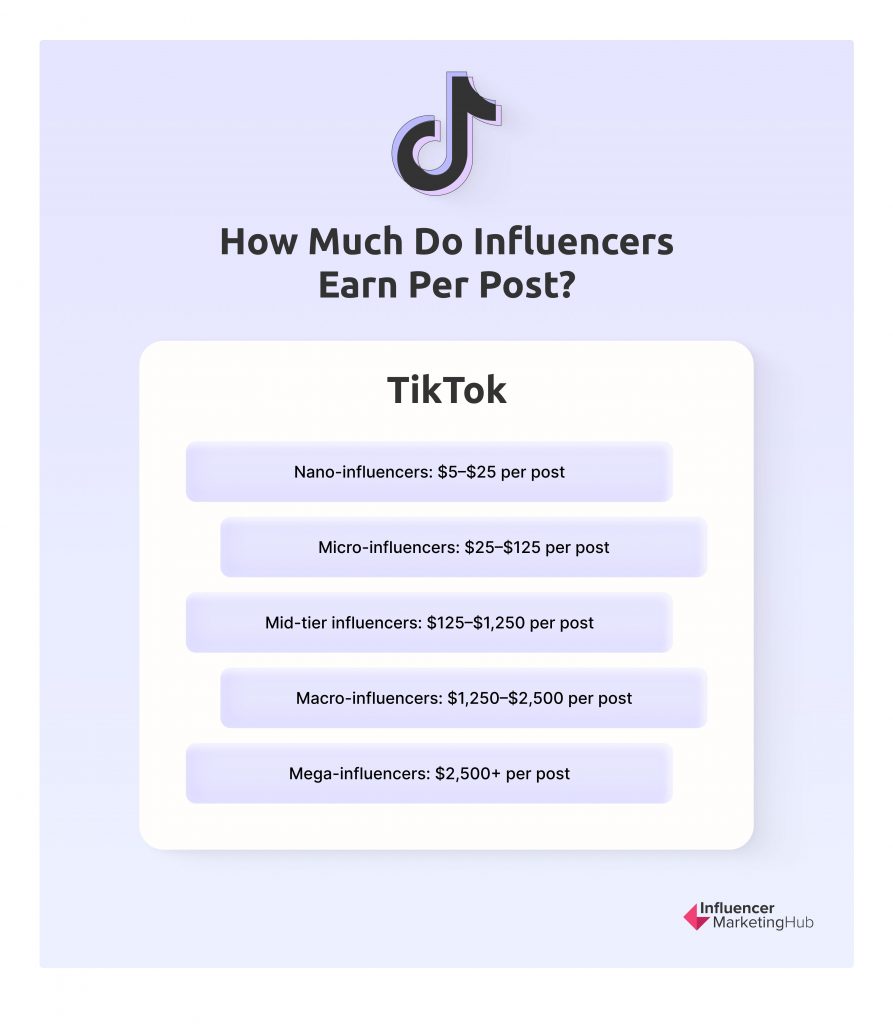
Also, since nearly 50% of the influencers in the creator economy identify as micro-influencers, brands that choose to partner with micro-influencers have a better chance to cultivate a diverse array of faces to represent their brand and reach more audiences.
Micro-Influencers Drive Higher Engagement
The other biggest benefit of working with micro-influencers is that they drive significantly more engagement. Micro-influencers have a 60% increased engagement rate and over a 20% higher conversion rate than celebrities. This is because they have been able to establish themselves as authentic resources in each of their small, but highly engaged communities.
As a result, brands that work with micro-influencers can create more authentic content that can be targeted to reach specific audiences through each of their creators. The more audiences a brand can reach, the more likely their brand message will be repeated and shared. This leads to higher conversion rates and more authentic trends.
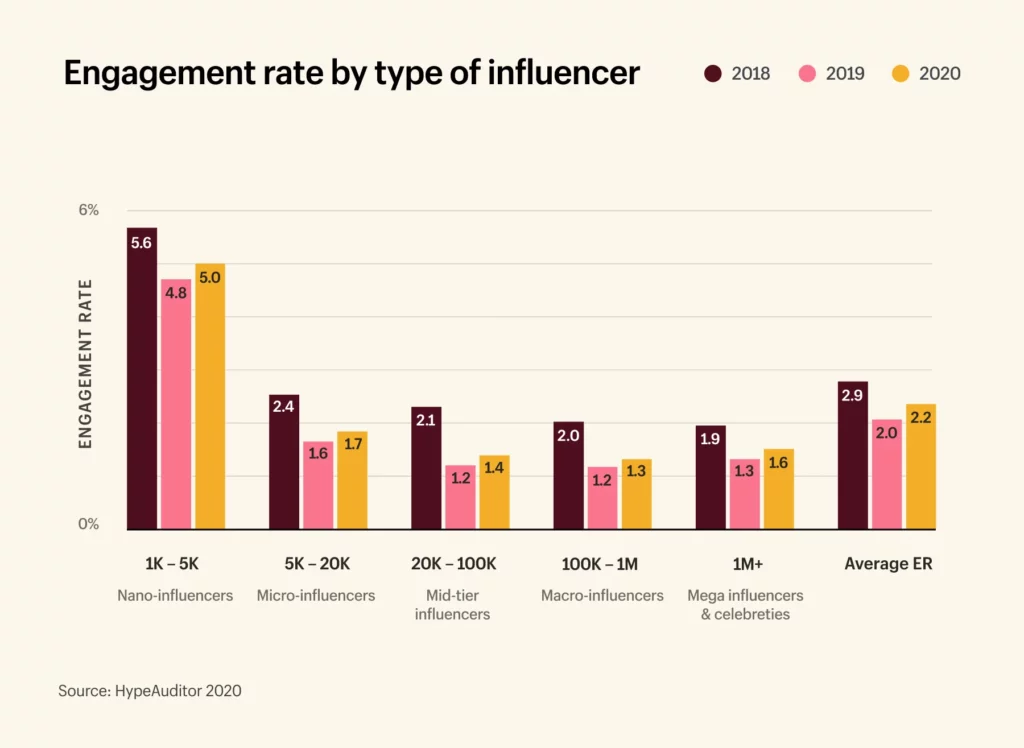
How Brands Can Successfully Work With Micro-Influencers
Due to the rise of micro-influencers, there’s no reason why any brand can’t implement an influencer strategy. However, successfully working with micro-influencers requires brands to build authentic, long-term relationships. Cultivating an established cultural and social presence is a process that cannot be accomplished within a couple of campaigns.
“Remember: influencer marketing is a long game. When an influencer posts about your product, people won’t buy straight away—many will just start following your brand and others will buy over time through retargeting campaigns, and so on. Each activity compounds, so track everything over time.”- Emily Chong, the founder of Healthish
Daniel Wellington and ASOS’ success is a key example of how brands that partner with micro-influencers to build their brand and tell their story can receive massive returns.
Daniel Wellington
Within 3 years of its launch, Swedish Watch Brand, Daniel Wellington sold $228M in watches and became a household name by adopting a micro-influencer from the beginning. Founder, Filip Tysander, knew that in 2011 differentiating his watch brand would be very difficult in an overly saturated luxury market. Without a massive marketing budget, he had to think of creative ways to put his product out there. At this time, the boom of social media was just beginning so he looked to the most powerful platform to generate organic hype- Instagram.
Instead of targeting celebrities to send his watches to, he specifically focused on reaching out to Instagram creators with a targeted niche and a follower amount of close to 5k. In exchange for content, influencers were gifted a free watch. Working with a variety of creators from painters to fashion models, allowed him to create a content factory that reached several niche audiences. As of today, the #DWPickoftheDay has accumulated 62,000 posts on Instagram.
However, the brand goes beyond gifting to build relationships with its creators. They often comment on their creators’ posts and ask them to re-purpose their content for their own marketing campaigns. Using their fans as faces for their advertising not only establishes more trust with their own audience but also helps expose their creators to new audiences as well.
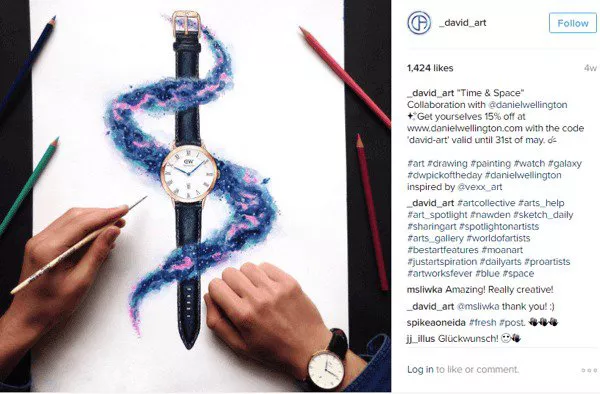
ASOS
In 2020, ASOS gained 3.1M customers new customers. They saw a sales increase of 19% and an increase of 1.16M new followers on Instagram. The key to their success lies in their overall brand strategy and their use of social media creators. ASOS saw an increase in demand from consumers to become more inclusive and diverse. They responded by launching their Insider influencer program.
Currently, the team of influencers ranges from 10k to 80k. The brand has a long-term partnership with each of them instead of a one-off.
In each partnership, ASOS allows the creator to promote their merch by posting styling tips, outfit inspirations, and recommendations on each of their social media channels. By doing this, the retailer is able to directly speak to a wide range of audiences without coming off as salesy or using a massive budget.
Learn How to Leverage Micro-Influencers
Book a Specialist

